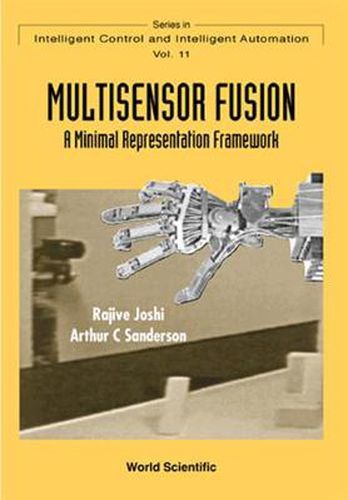Readings Newsletter
Become a Readings Member to make your shopping experience even easier.
Sign in or sign up for free!
You’re not far away from qualifying for FREE standard shipping within Australia
You’ve qualified for FREE standard shipping within Australia
The cart is loading…






The fusion of information from sensors with different physical characteristics, such as sights, touch and sound, enhances the understanding of our surroundings and provides the basis for planning, decision-making, and control of autonomous and intelligent machines. The minimal representation approach to multisensor fusion is based on the use of an information measure as a universal yardstick for fusion. Using models of sensor uncertainty, the representation size guides the integration of widely varying types of data and maximizes the information contributed to a consistent interpretation. In this work, a general theory of minimal representation multisensor fusion is developed and applied in a series of experimental studies of sensor-based robot manipulation. A novel application of differential evolutionary computation is introduced to achieve practical and effective solutions to this difficult computational problem.
$9.00 standard shipping within Australia
FREE standard shipping within Australia for orders over $100.00
Express & International shipping calculated at checkout
The fusion of information from sensors with different physical characteristics, such as sights, touch and sound, enhances the understanding of our surroundings and provides the basis for planning, decision-making, and control of autonomous and intelligent machines. The minimal representation approach to multisensor fusion is based on the use of an information measure as a universal yardstick for fusion. Using models of sensor uncertainty, the representation size guides the integration of widely varying types of data and maximizes the information contributed to a consistent interpretation. In this work, a general theory of minimal representation multisensor fusion is developed and applied in a series of experimental studies of sensor-based robot manipulation. A novel application of differential evolutionary computation is introduced to achieve practical and effective solutions to this difficult computational problem.